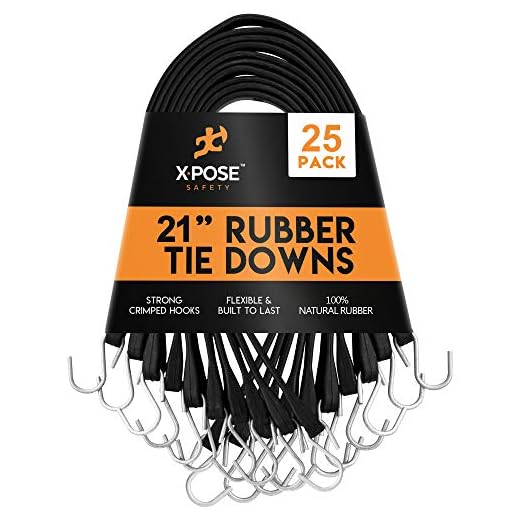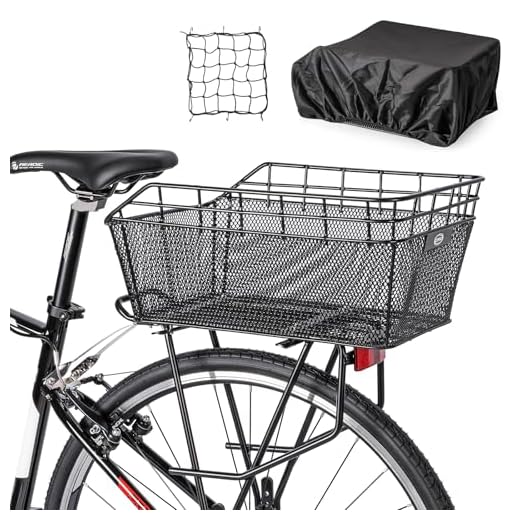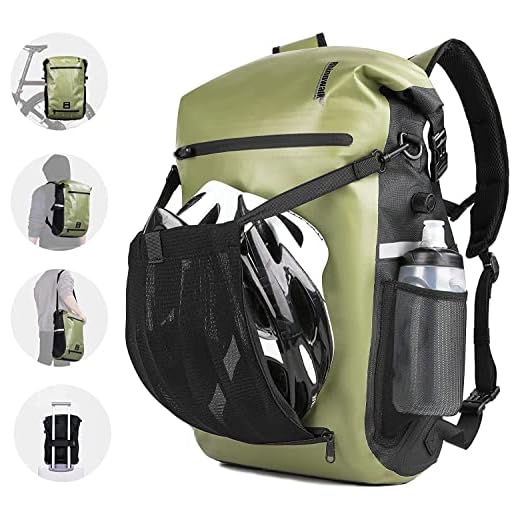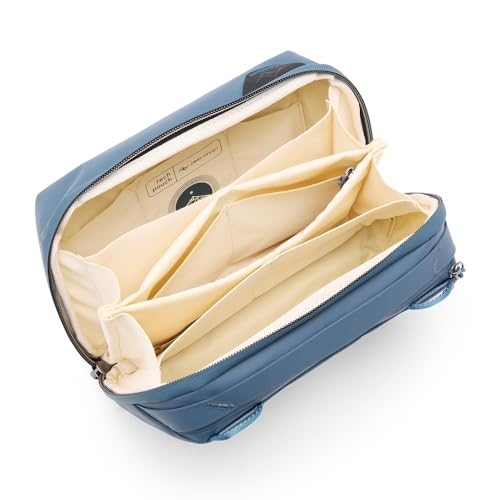




The most practical solution for transporting items on two wheels is using panniers attached to the rear rack. These bags provide ample space and stability, allowing you to distribute weight evenly, reducing the strain on your body and bike.
Should you prefer a more compact option, consider frame bags that fit snugly within the bike’s geometry. These can hold essentials like tools and snacks, keeping them easily accessible without compromising riding balance.
For those needing to secure larger objects, look into cargo trailers. These are hitched to the back of your bike and can carry heavier loads, while maintaining the maneuverability needed on various terrains.
Lastly, always ensure that any items you bring are properly secured and are not obstructing your visibility or control. Utilizing reflective straps or materials can increase safety, especially during low-light conditions.
Optimal Load Solutions for Bicyclists
Utilize a rear rack with panniers for a balanced weight distribution. This setup keeps the center of gravity low, improving stability and control. Ensure panniers are securely attached and double-check for any shifting during rides.
A handlebar bag is perfect for essentials and quick-access items like snacks or tools. Opt for a lightweight model to minimize steering impact while maintaining ease of access.
Consider saddlebags for additional tools or personal items. These bags attach directly beneath the seat, out of the way but within reach for quick grabs.
If traveling long distances, invest in a trailer. This option allows for substantial storage without compromising bike handling. Ensure the trailer’s weight is manageable and it’s compatible with your bicycle type.
Use compression straps or gear nets to secure items on racks and in trailers. This reduces movement, avoiding distractions and potential hazards.
For optimal comfort, pack strategically: place heavier items low and towards the center of the bike. This minimizes the strain on the rider and enhances handling.
Lastly, practice riding with your load before heading out on longer excursions. Familiarizing yourself with the weight and distribution will improve confidence and skill on the road.
Selecting the Right Type of Bike Bags
Choosing suitable bike bags depends on trip duration, load capacity, and specific needs. Opt for solutions that offer the right blend of stability, weather resistance, and ease of access.
Types of Bike Bags
- Panniers: Ideal for longer excursions. They attach to a rack and provide ample space. Look for waterproof options to safeguard belongings.
- Backpacks: Perfect for short rides or daily commutes. Ensure a comfortable fit with adjustable straps and padded backs. For added versatility, consider a best ski mountaineering backpack.
- Frame Bags: Located within the bike’s frame, they keep items secure and balanced, enhancing aerodynamics.
- Handlebar Bags: Convenient for quick access to essentials like snacks and maps. Ensure they don’t obstruct your view or handling.
- Seat Packs: Great for small items and tools, attaching directly under the seat. Lightweight designs can reduce drag.
Considerations for Selection
- Assess the overall weight distribution on the bike for enhanced stability.
- Prioritize waterproof material, especially for unpredictable weather.
- Check compatibility with your bike model and any existing accessories.
- Evaluate the ease of attaching and detaching to ensure usability on the go.
Balancing Weight for Stability and Comfort
Position heavier items low and close to the center of gravity to enhance stability. This arrangement minimizes the risk of tipping and ensures a more controlled ride. Utilize multiple bags strategically; for instance, place heavier gear in a rear rack bag and lighter accessories in front panniers. This setup can prevent swaying and maintain balance.
Consider the bike’s specifications when distributing weight. Bikes with a longer wheelbase tend to handle loads better, while shorter models may require more attention to weight distribution. Test different configurations during practice rides to find the most comfortable setup for your unique style and requirements.
Attach reflective or bright-colored items to your packs to increase visibility, particularly if your gear skews the bike’s balance. This addition helps alert other road users, making for a safer experience.
Regularly check the tightness of your bags and gear during breaks. Loose items can shift during movement, causing instability. Make adjustments as necessary to maintain consistent weight balance.
Finally, avoid overloading. Exceeding recommended weight limits can compromise handling and lead to discomfort. Instead, prioritize essential items and assess your needs before departing.
Securing Your Luggage to Prevent Movement
Utilize compression straps to keep items compact and prevent shifting during travel. Attach these straps to your bags and tighten them adequately, ensuring a snug fit against the bicycle frame or rack.
Incorporate bungee cords for additional support, wrapping them around your bags and securing them to the bike’s frame. This method allows for flexibility while maintaining tightness.
Use padded or anti-slip mats beneath the bags to minimize sliding. These mats create friction, stabilizing the items while you pedal.
Secure smaller items within larger bags, preventing them from moving independently. Organize contents effectively to create a solid mass that will not shift.
Check attachment points on your bike, ensuring that racks, mounts, and hooks are intact and capable of handling the added weight without bending or breaking.
| Method | Description |
|---|---|
| Compression Straps | Tighten bags against the bike to minimize movement. |
| Bungee Cords | Secure items while allowing for slight flexibility. |
| Padded Mats | Reduce sliding by increasing friction between bags and bike. |
| Organizing Contents | Prevent smaller items from shifting independently. |
| Check Attachment Points | Ensure stability and strength of racks and mounts. |
Accessorizing for Additional Storage Solutions
Invest in a cargo net for securing extra gear. This versatile accessory attaches to the rear of the bike and allows for quick adjustments in load positioning. Use it to hold jackets, bags, or even a sleeping mat securely.
Handlebar Bags
Consider a handlebar bag for essentials. This accessory keeps items within easy reach, such as snacks, phone, and tools. Look for waterproof options to protect belongings from unexpected weather.
Frame Bags
Frame bags utilize unused space within the triangle of your bike frame. They are ideal for storing heavier items that need to be kept low for better balance. Ensure that the bag is securely attached to avoid shifting during rides.
Additionally, if repairs are necessary for your storage solutions, check out the best luggage repair san antonio for professional assistance. For cleaning your cycling gear, using the best pressure washer soap for brick can help maintain your bike’s appearance as well.







